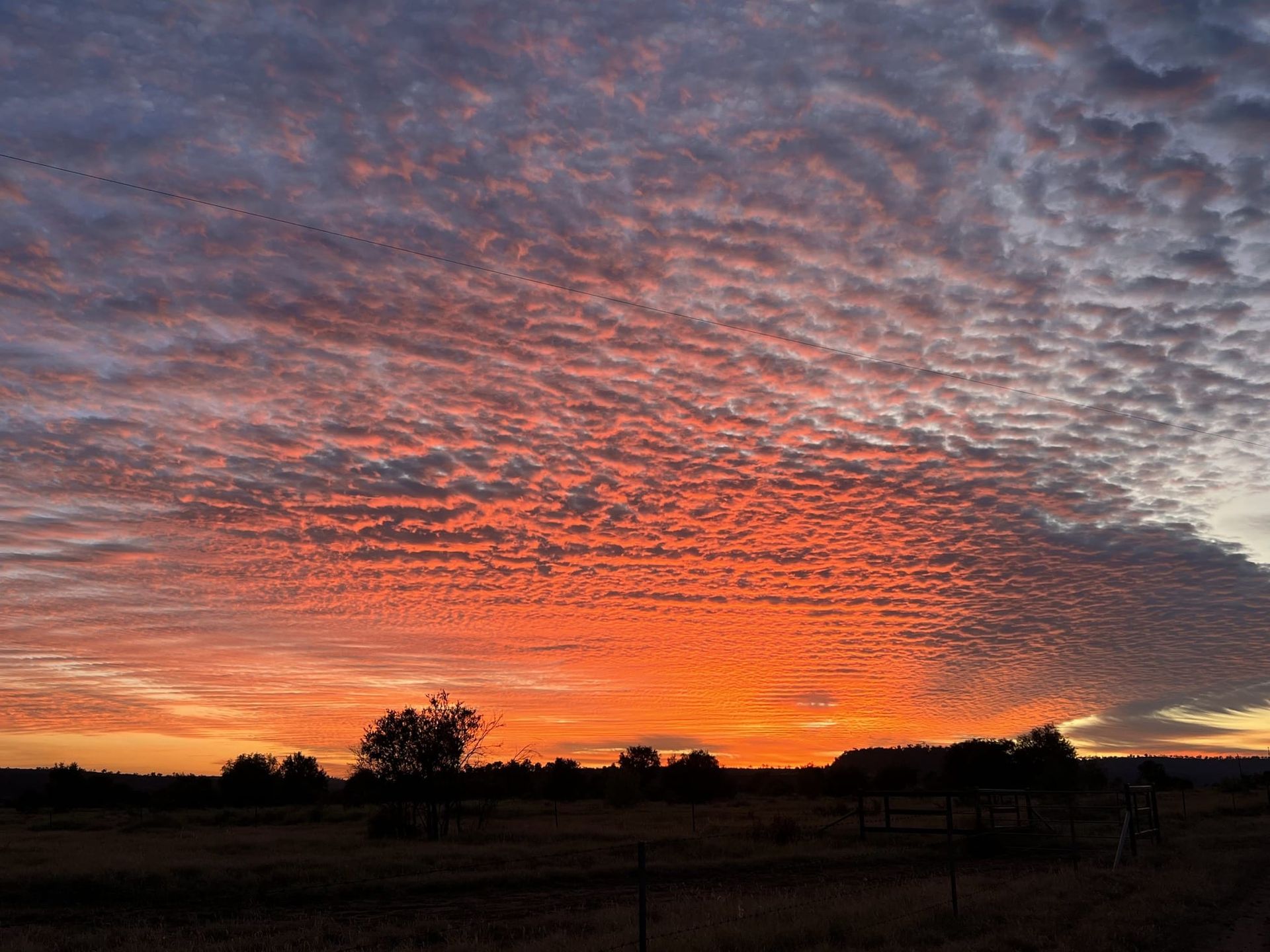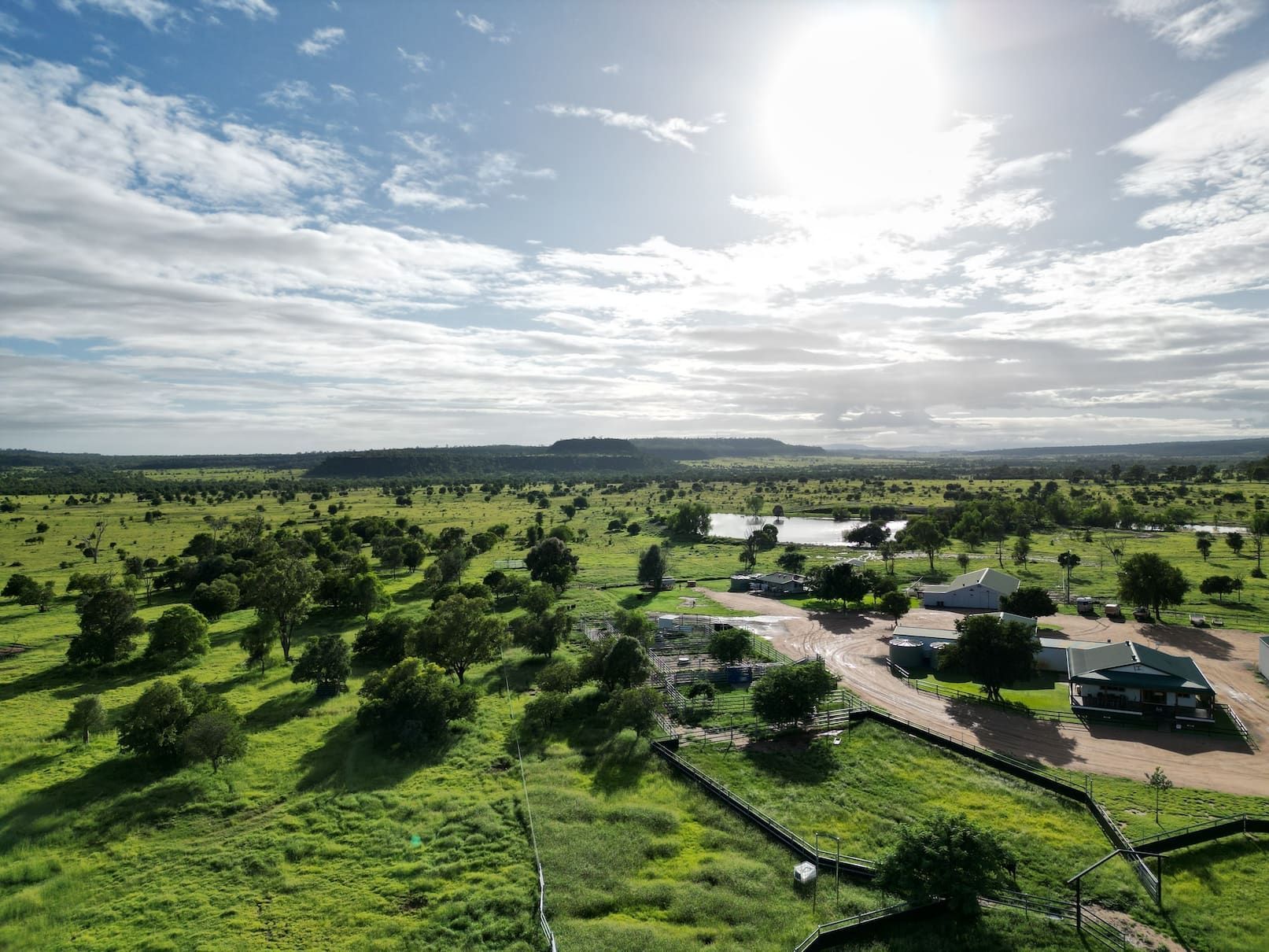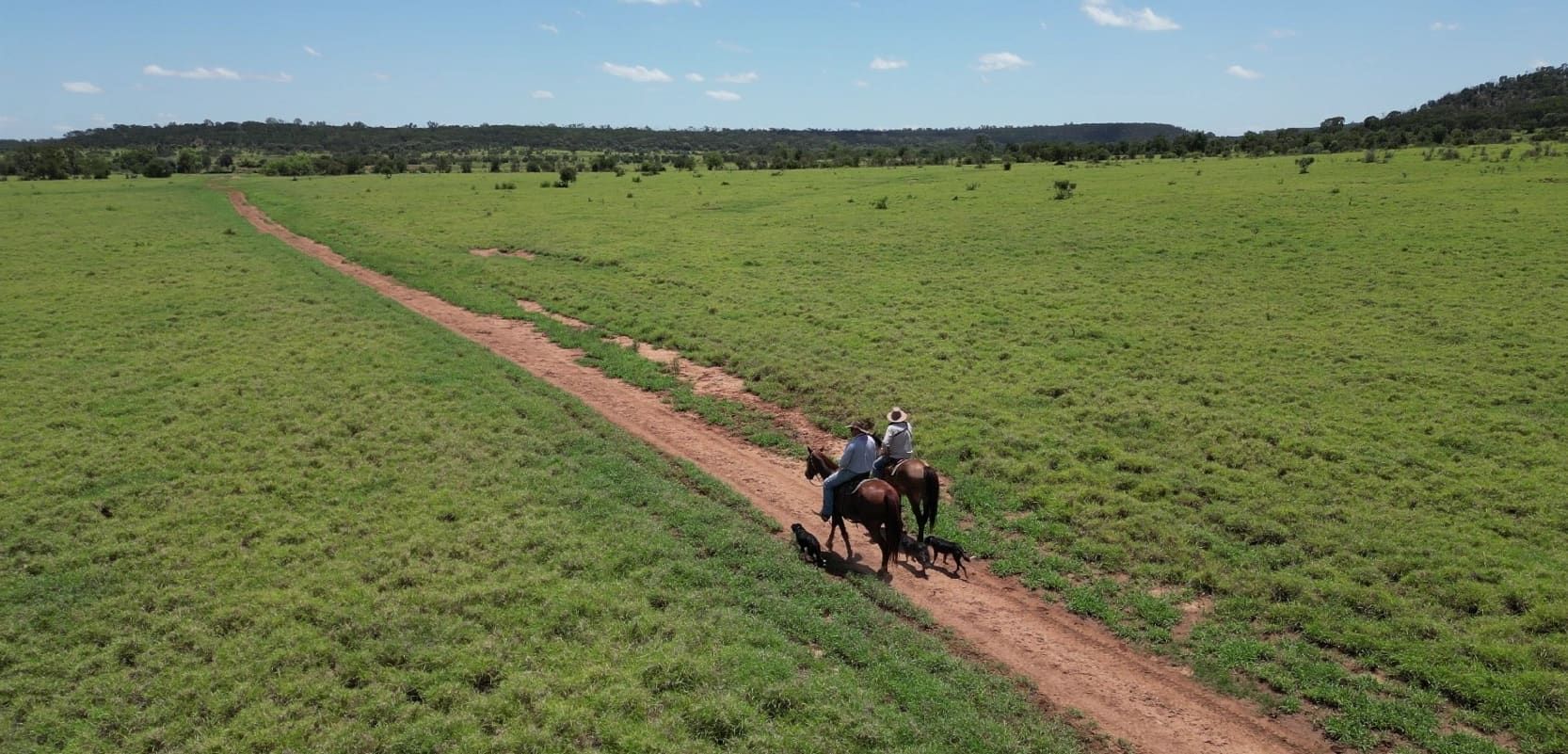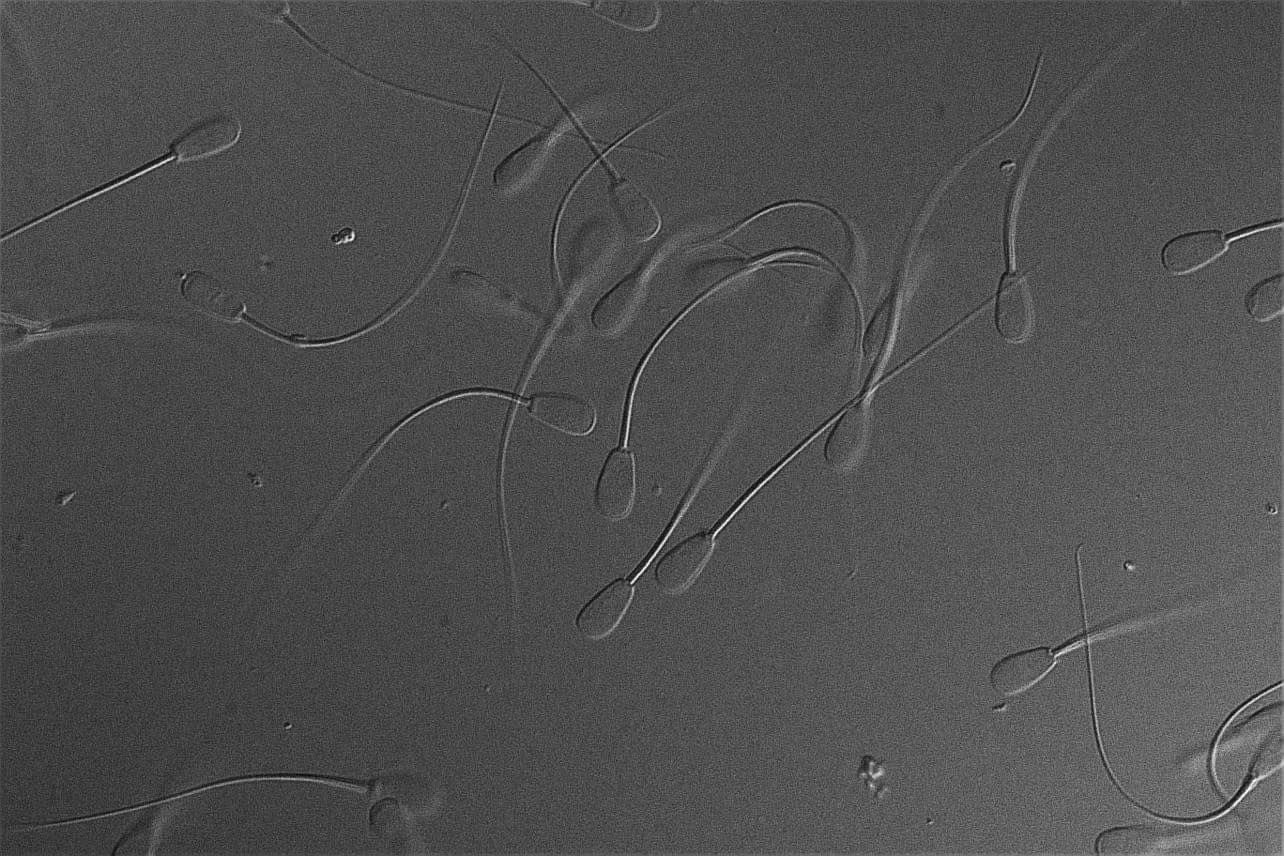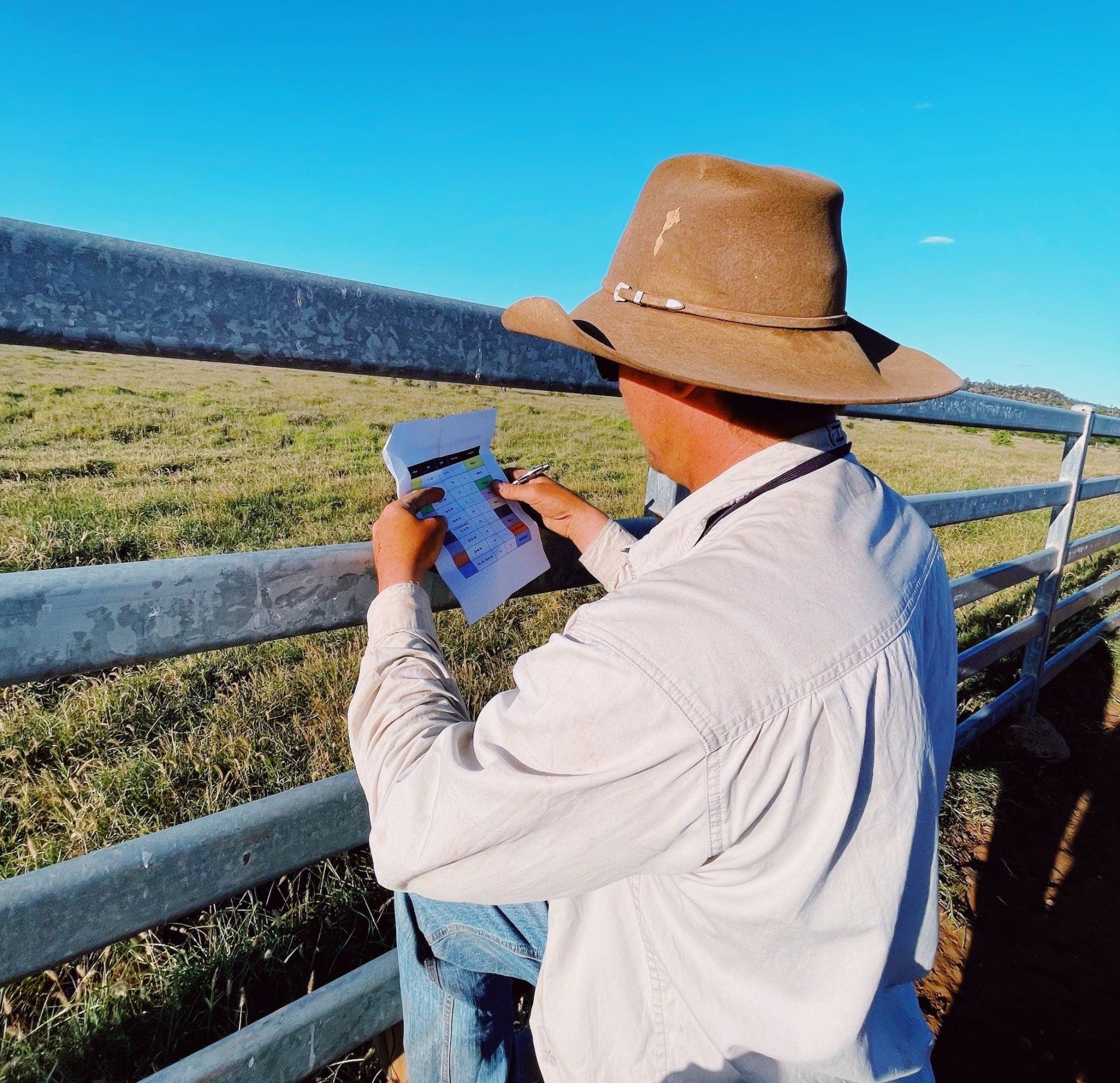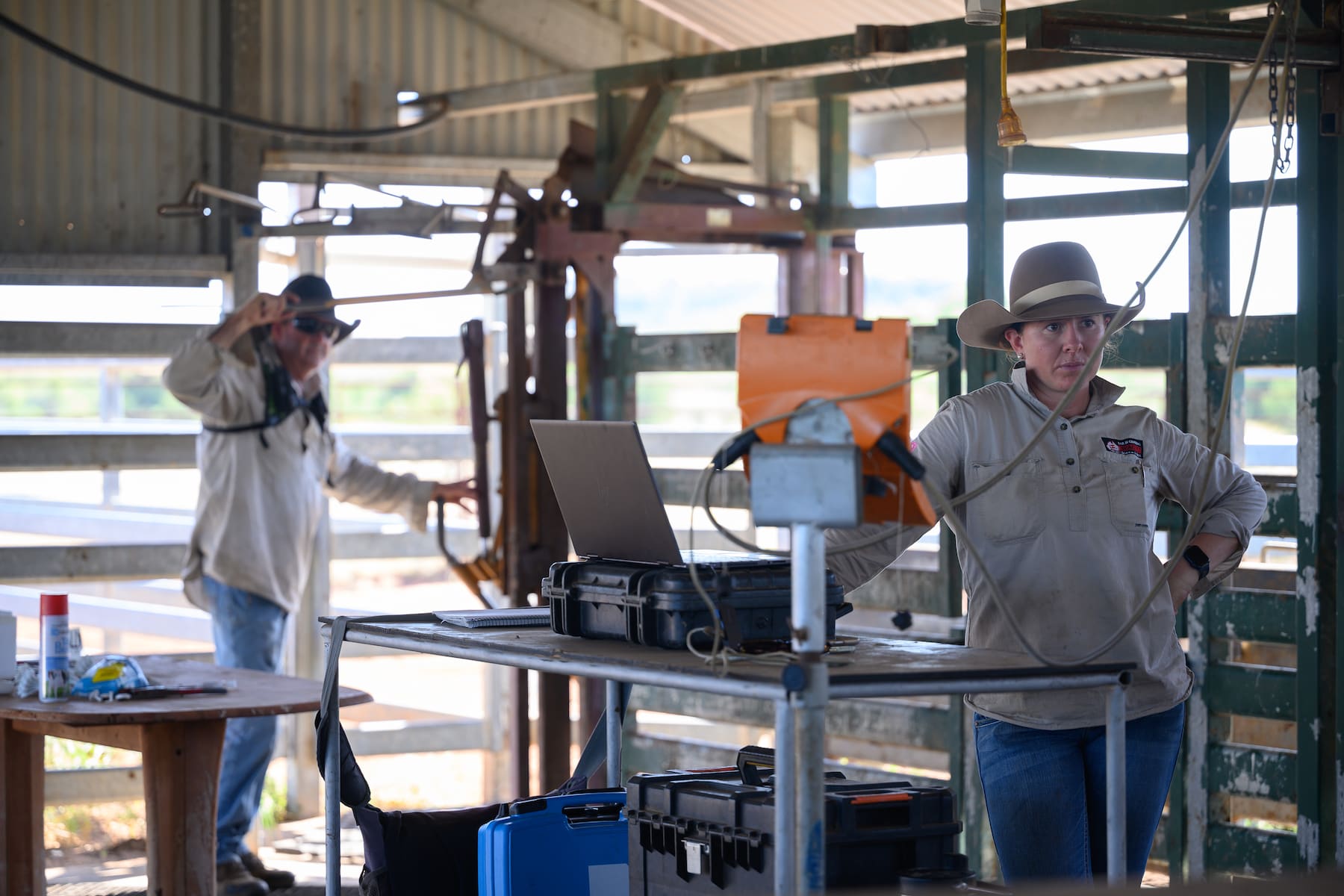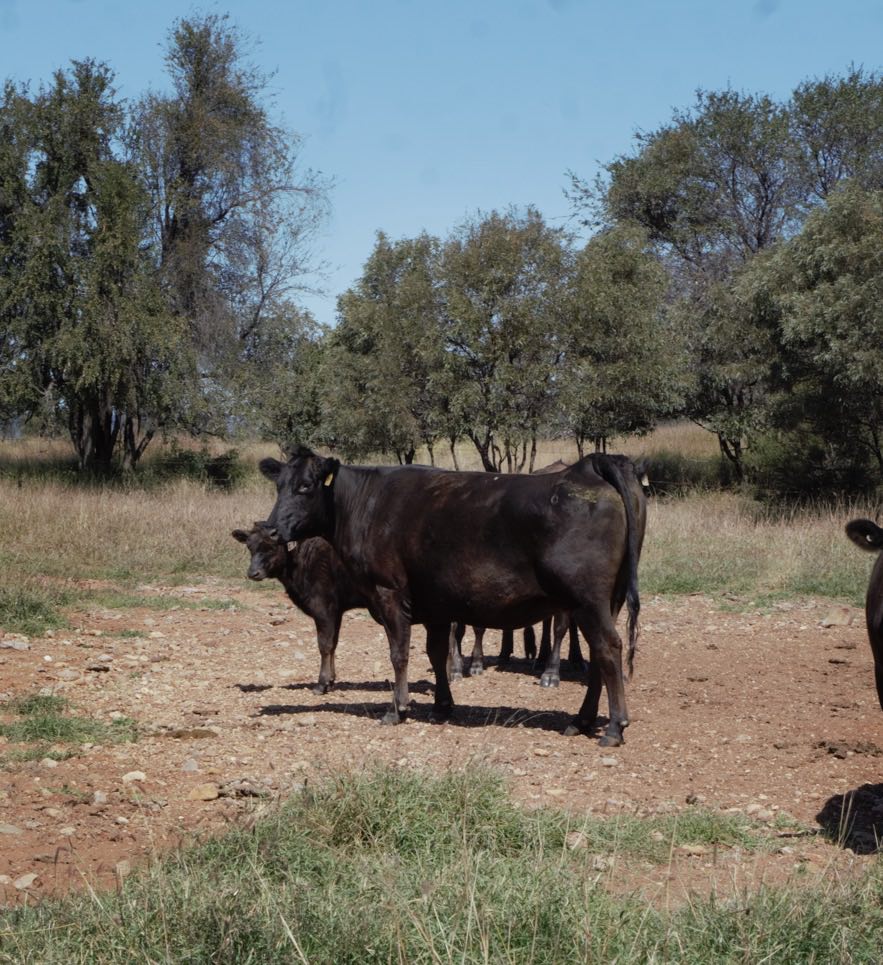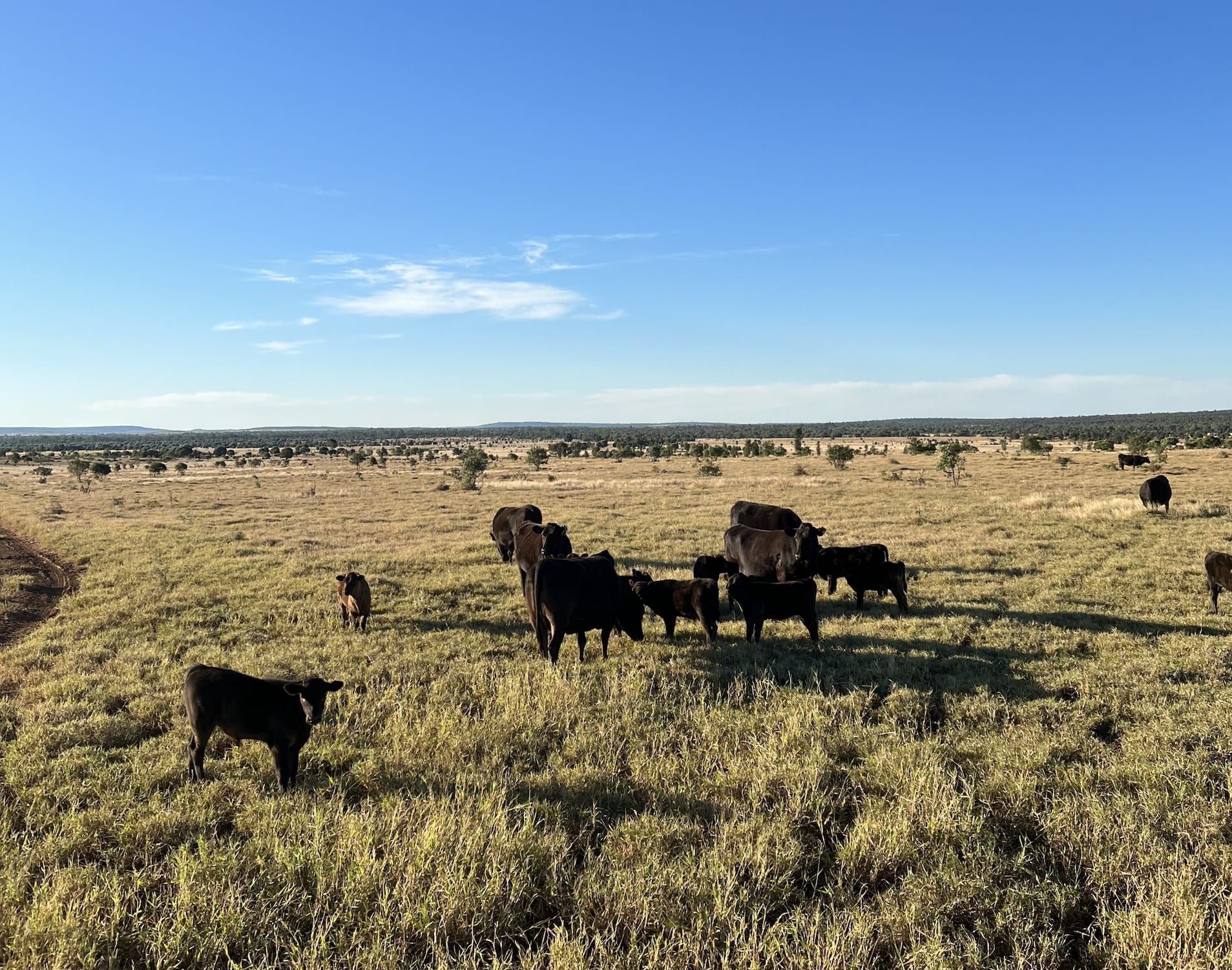How to help your Wagyus perform in the feedlot
Pictured: Ryan Brown, Group Livestock Manager for Smithfield Cattle Company located in Proston, Queensland.
In the year of 2021 Bar H delivered 475 steers to Smithfield Feedlot owned and operated by Smithfield Cattle Company. With a continuous improvement focus, we recently caught up with Ryan Brown, Group Livestock Manager, to discuss how we could improve on our backgrounding practices, to best prepare our long-fed Wagyu’s to perform at a higher level.
He believes there are 4 things that truly contribute to the marbling and performance of your animals that should not be underestimated, these were.
- Genetic Makeup
- Early Life Nutrition
- Routine
- Quality processor
We delved into early life nutrition, since Ryan believed it was the most underestimated thing in preparing feedlot cattle to perform. He explained that,
“Fat cells are created in the first 250 days of life, after that they can only expand or contract. No matter the nutritional experience later in life, that animal will have a limited capacity - if you don’t build fat cells in that young animal, no matter how good the genetics are you have a limited output because there’s only a certain number of cells.”
According to an extract from the Asian- Australas Journal of Animal Science in 2018, in order for Japanese Black cattle to marble their best, they are fed highly concentrated feed at specific times, including fetal nutritional at early, mid, and late gestation periods, which can significantly affect their adiposity later in life.¹
Ryan believes that if producers aren’t receiving the results they want, despite having proven genetics and effective weaning, handling, and vaccination practices, his advice would be to improve nutrition in breeder cattle, prioritising body scoring at joining and understanding the value of putting effort into improving the cows body conditioning. Programs such as creep feeding calves at foot has also proven to be highly effective.
Industry academics support the importance of routine, and provided evidence that nutrition, seasonal and climatic variation are reviewed and linked to marbling appearance and fat hardness². Routine is something that Smithfield acknowledge as a part of their success. They believe that if producers could implement a strict pattern in their production cycle each year it would encourage a smoother transition into the feedlot chain, improving the animal’s overall health and performance.
Ryan believes that producers can be doing simples things in their operation to make animals transition into feedlots more fluently. Disruption to the animal’s routine when it comes from a backgrounding operation can be an indurated experience, the change in place and diet creates stress that can live in animals' body for up to a fortnight. Cattle need to be prepared to deal with unfamiliar experiences from the very beginning, starting with the way they’re handled. Implementing consistent low stress stock handling practices across an operations team helps to establish a familiarity in animals, keeping them adaptable to fresh environments.
¹ (Park, et al., 2018)
² (Tume, 2004)
Sources
Park, S. J., Beak, S.-H., Jung, D. S., Kim, S. Y., Jeong, I. H., Piao, M. Y., . . . Baik, M. (2018). Genetic, management, and nutritional factors affecting intramuscular fat deposition in beef cattle — A review. Asian-Australiasian Journal of Animals Sciences, 1043-1061.
Tume, R. K. (2004). The effects of environmental factors on fatty acid composition and the assessment of marbling in beef cattle: a review. Australian Journal of Experimental Agriculture, 663-668.
Other Posts

